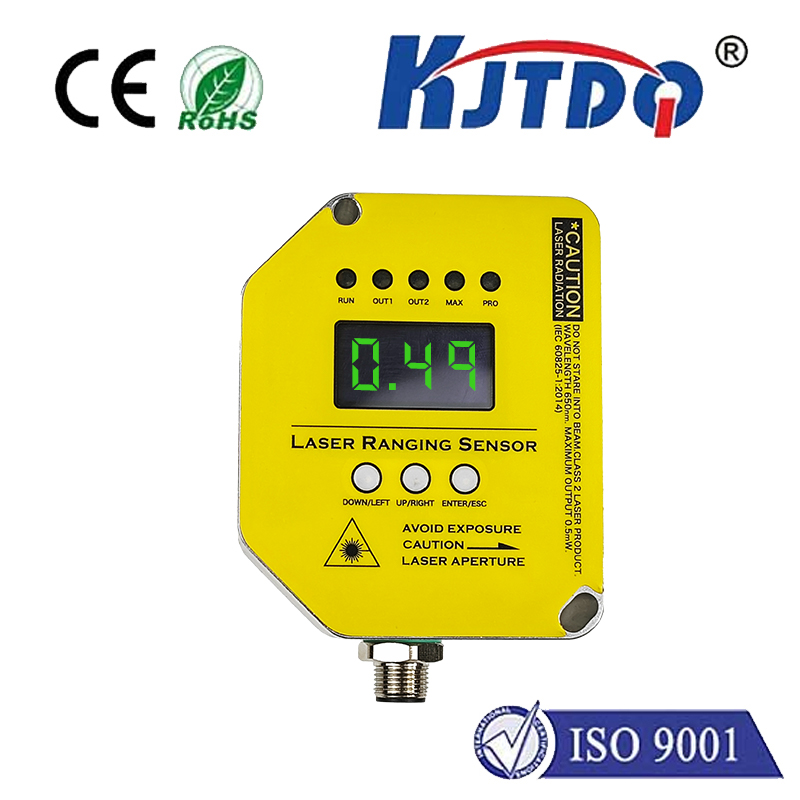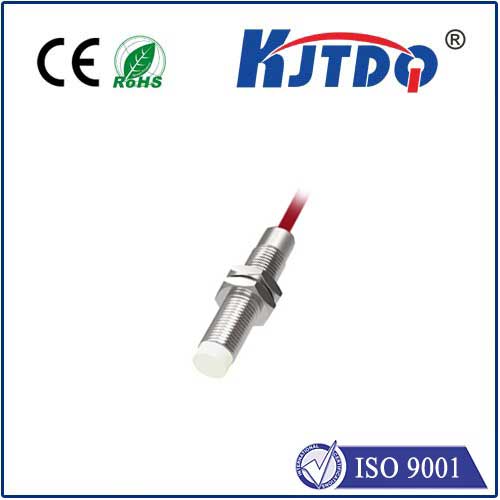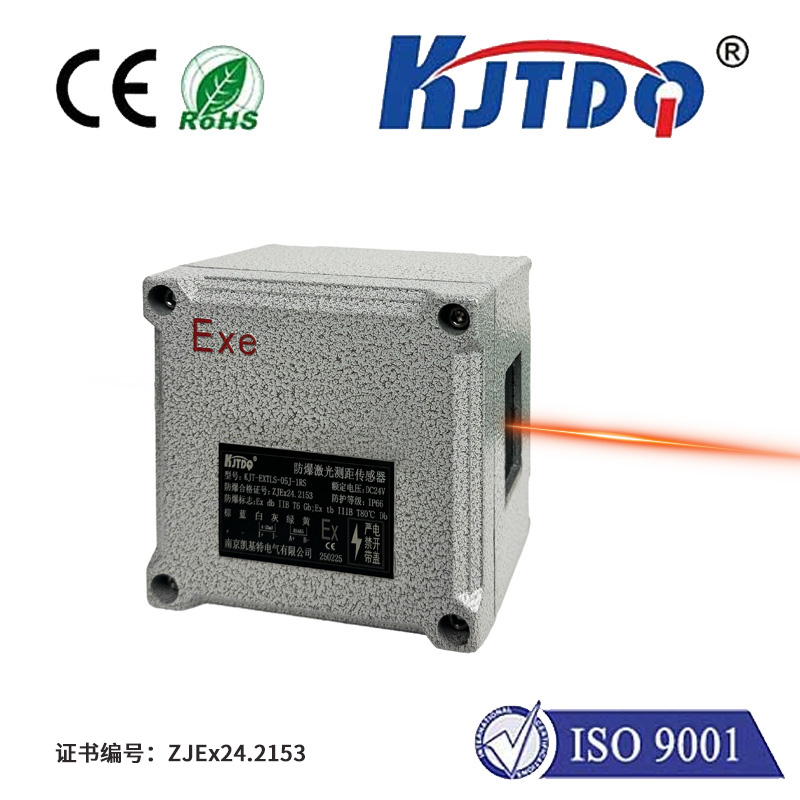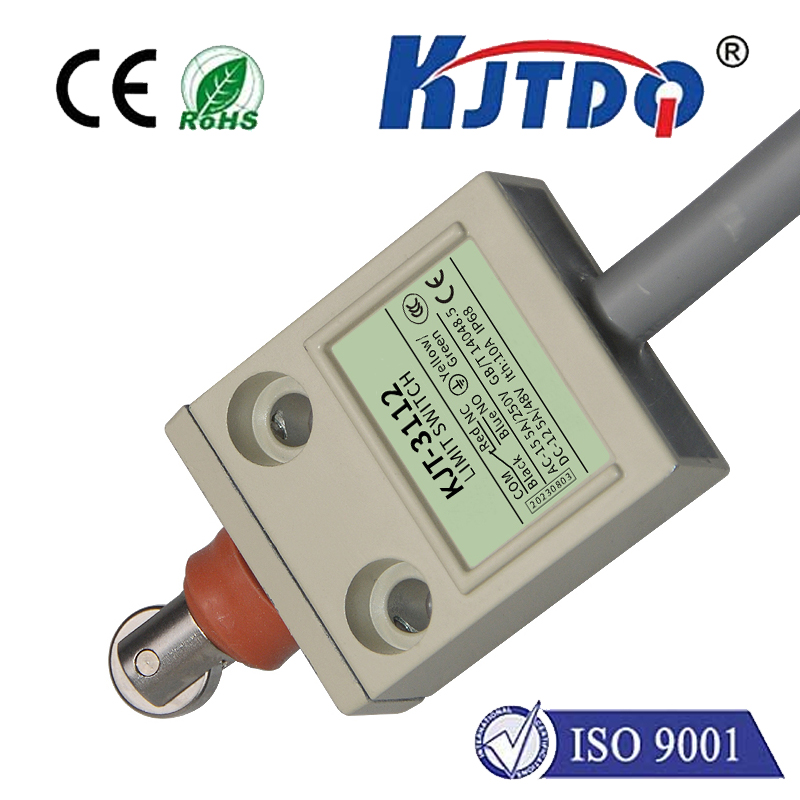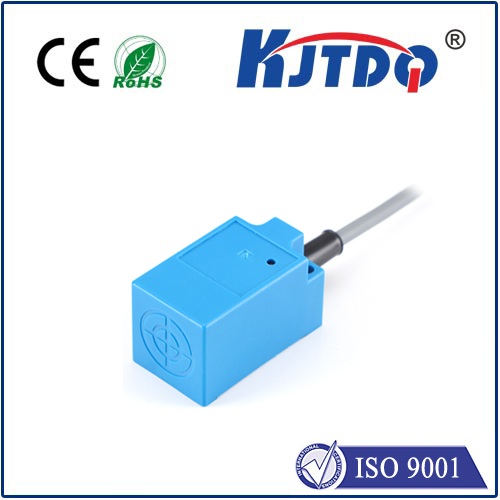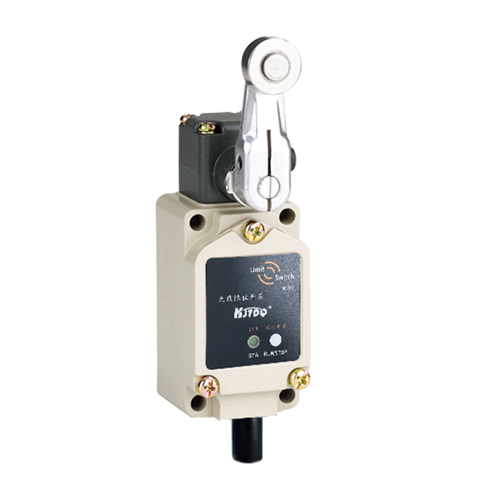

check

check

check

check
BI2-EG08-AG6X-H1341: The Future of Aerospace Engineering in the 21st Century
The BI2-EG08-AG6X-H1341 is a cutting-edge aerospace component that represents the next generation of engineering innovation. This article explores the significance of this component in modern aerospace systems and its impact on future technological advancements.
The BI2-EG08-AG6X-H1341 is a high-performance micro-electromechanical system (MEMS) designed for precision control and reliable operation in extreme environments. It is commonly used in advanced spacecraft and satellite systems, where stability and accuracy are paramount. The component’s unique design allows it to operate under harsh conditions, making it a vital part of aerospace engineering. Its integration into complex systems enhances overall performance and ensures mission success.

The development of the BI2-EG08-AG6X-H1341 reflects the ongoing evolution of aerospace technology. As space exploration becomes more ambitious, the need for reliable and efficient components grows. This component is a testament to the ingenuity of modern engineers who are pushing the boundaries of what is possible. By combining advanced materials with sophisticated design, the BI2-EG08-AG6X-H1341 sets a new standard for performance and durability.
One of the key features of the BI2-EG08-AG6X-H1341 is its high precision. This component is engineered to operate with minimal tolerances, ensuring that even the smallest adjustments can be made with great accuracy. This level of precision is crucial in aerospace applications where even minor errors can have significant consequences. The component’s reliability is another major strength, as it is built to withstand extreme temperatures, vibrations, and other environmental stresses.
In addition to its technical specifications, the BI2-EG08-AG6X-H1341 plays a critical role in the sustainability of aerospace systems. As the industry moves toward more eco-friendly solutions, components like this are essential in reducing fuel consumption and lowering the carbon footprint of spacecraft. The component’s design is optimized to minimize energy use, contributing to the broader goal of sustainable space exploration.
The integration of the BI2-EG08-AG6X-H1341 into modern aerospace systems is a prime example of how innovation drives progress. As technology continues to advance, the demand for high-performance, reliable, and sustainable components will only increase. The BI2-EG08-AG6X-H1341 is not just a component—it is a symbol of the future of aerospace engineering.
In conclusion, the BI2-EG08-AG6X-H1341 represents a significant step forward in aerospace technology. Its design, performance, and sustainability make it a crucial element in the development of next-generation spacecraft and satellite systems. As the aerospace industry continues to evolve, components like this will play an even more vital role in shaping the future of space exploration.
